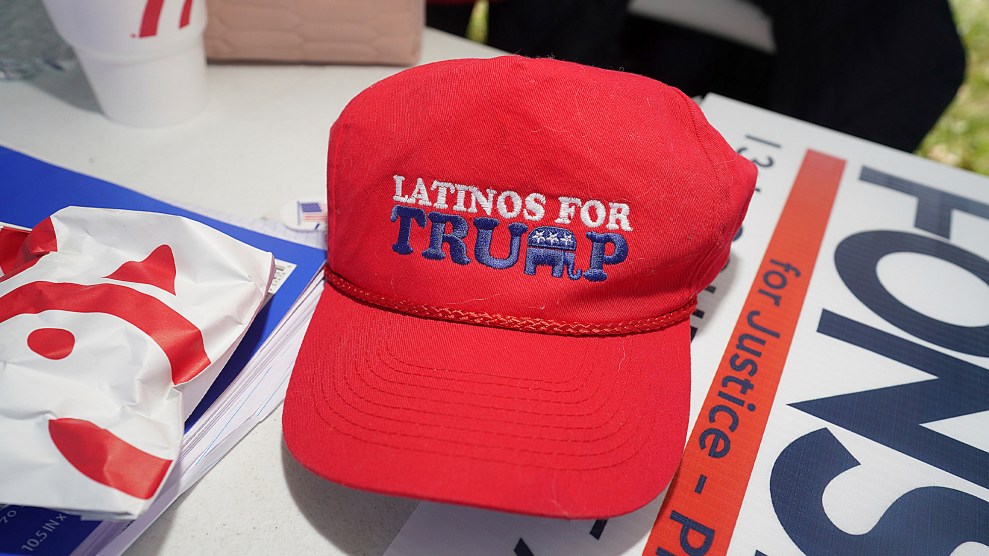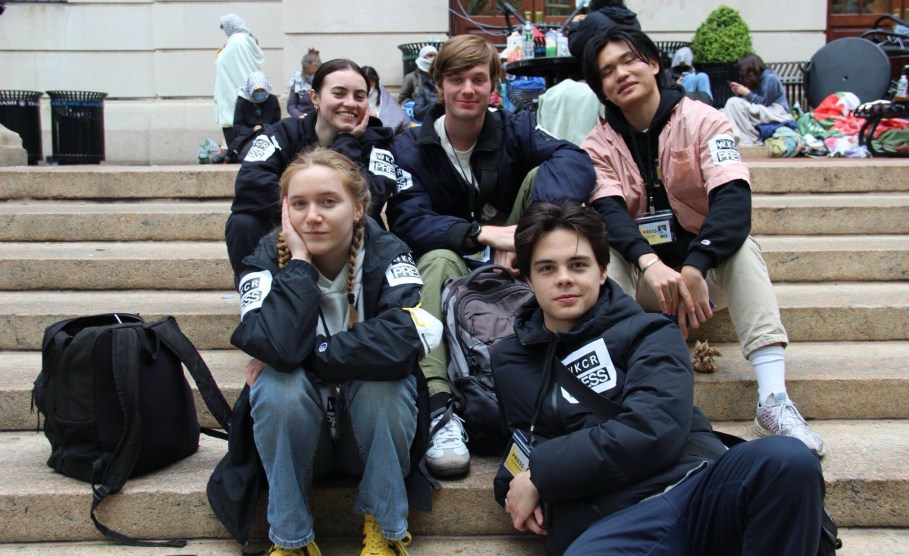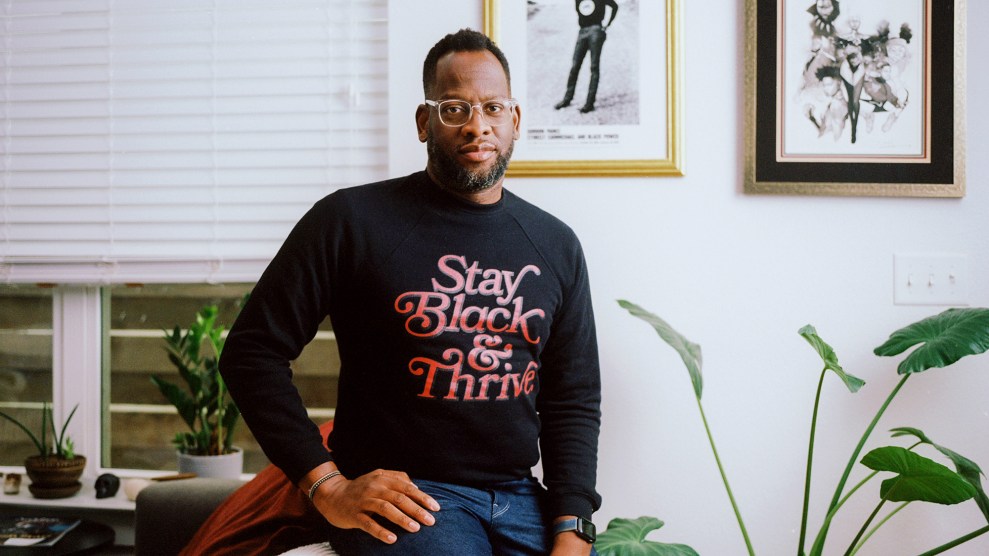For those who’ve never heard of Burning Man, it can be hard to explain.
It sometimes calls itself an arts festival or an experiment in “radical self-reliance and
radical self-expression.” Picture a temporary city, built every August in Nevada’s
barren Black Rock Desert, where as many as 30,000 gather to set up shimmering temples, gardens of
flame-shooting lotus flowers, three-story chandeliers that appear to have fallen from the sky,
and other marvels they’ve spent countless hours constructing—for no glory other than
the pleasure of their fellow “burners.” The blissed-out festival, which operates
on a no-barter, no-trade “gift economy,” concludes with the ritual conflagration
of a 40-foot statue: the Burning Man.
Doherty traces the
evolution of what is now a multimillion-dollar enterprise from the first bonfire gathering at
San Francisco’s Baker Beach in 1986. “It grew spontaneously and… accidentally,”
he writes, “evolving into something that has become the measure of thousands of people’s
lives.”
A nine-year veteran of the burn, Doherty comes dangerously close to saying
that the event’s glory days—which he, of course, experienced—are now behind
it. An editor of the libertarian Reason magazine, he has little patience for festival director
Larry Harvey’s new, more political stance against rampant consumerism, and the ideas and
experiences of ravers, progressives, and women—all arguably part of Burning Man’s
core demographic—are, for the most part, sidelined here. But his book is an intelligent and
exhaustive effort to chronicle the explosion of one of America’s most implausible subcultures.















